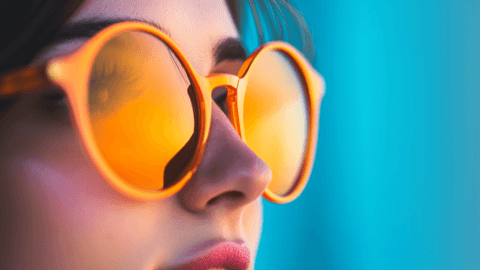
Introduction To The Joy Dark Mode
In recent years, dark mode has emerged as a prominent design trend, revolutionizing the way we interact with digital interfaces. From mobile apps to operating systems, dark mode offers users a sleek and modern alternative to the traditional light theme. But beyond its aesthetic appeal, dark mode also boasts practical benefits, such as reducing eye strain, conserving battery life, and enhancing readability in low-light environments. In this article, we’ll explore the evolution of dark mode in digital design, its growing popularity, and best practices for implementing it effectively.
The origins of dark mode can be traced back to early computer interfaces, where monochrome displays necessitated dark backgrounds for optimal readability. However, it wasn’t until the rise of OLED displays and the increasing prevalence of mobile devices that dark gained mainstream traction. Today, major platforms like iOS, Android, and popular apps like Twitter and Instagram offer dark option as a standard feature, catering to user preferences and enhancing usability across diverse contexts.
So, what makes dark so appealing to users? For starters, it reduces eye strain by minimizing the amount of blue light emitted by screens, making it easier on the eyes, especially during nighttime use. Additionally, dark colors can prolong battery life, particularly on devices with OLED or AMOLED displays, where dark pixels consume less power than light ones. From a design perspective, dark design offers a sleek and modern aesthetic that appeals to users seeking a personalized and immersive experience.
When implementing dark mode in your designs, it’s essential to consider usability and accessibility. While dark mode offers numerous benefits, it may not be suitable for all users or contexts. Providing the option to switch between light and dark themes, adjusting text contrast for readability, and considering colorblind users’ needs are critical considerations. Moreover, conducting usability testing and gathering feedback from users can help refine the dark mode experience and ensure that it meets their expectations.
10 Examples of websites that utilize the love of dark mode
- Reddit: The popular social news aggregation and discussion platform, offers a dark option for users who prefer a darker interface. With dark mode enabled, the site’s background shifts to a dark gray tone, providing a more subdued browsing experience ideal for nighttime use or prolonged reading sessions.
- YouTube: The world’s largest video-sharing platform, introduced a dark feature to its website and mobile apps in response to user demand. Dark mode not only reduces eye strain during late-night viewing but also offers a sleek and modern aesthetic that complements the platform’s extensive library of content.
- Twitter: Offers a dark option across its web and mobile platforms, allowing users to switch to a darker color scheme for their timeline, notifications, and direct messages. Dark mode enhances readability in low-light environments and provides a cohesive experience across different devices.
- GitHub: The leading platform for hosting and reviewing code, includes a dark theme for users who prefer a darker coding environment. Dark mode reduces glare and impoves focus during long coding sessions, making it a popular choice among developers.
- Google: Offers a dark option for various products and services, including Google Search, Gmail, and Google Calendar. Dark mode not only enhances readability but also conserves battery life on devices with OLED or AMOLED displays, making it a practical choice for mobile users.
- Apple: Apple’s website features a dark option that complements the company’s sleek and minimalist design aesthetic. With dark mode enabled, Apple’s product pages and support articles appear against a dark background, highlighting the company’s products and services in a visually appealing way.
- Twitch: The popular live streaming platform for gamers, offers a dark option for users who prefer a darker interface while watching streams or participating in chat. Dark mode reduces eye strain and provides a more immersive viewing experience, especially during extended gaming sessions.
- Stack Overflow: The largest online community for programmers to learn, share knowledge, and build their careers, includes a dark theme for users who prefer a darker coding environment. Dark colors enhances readability and reduces eye fatigue, making it easier for developers to focus on solving coding problems.
- Netflix: The leading subscription-based streaming service, introduced a dark feature to its website and mobile apps, providing users with a more cinematic viewing experience. Dark colors reduces glare and distractions, allowing users to immerse themselves fully in their favorite movies and TV shows.
- Microsoft: Microsoft’s website offers a dark option that complements the company’s modern design language and product ecosystem. With dark mode enabled, Microsoft’s product pages, support articles, and corporate announcements appear against a dark background, providing a visually consistent experience across different platforms and devices.
Conclusion
In conclusion, dark themes represents more than just a design trend—it’s a user preference with tangible benefits. By understanding its evolution, embracing its practical advantages, and adhering to best practices, UX/UI designers can create digital interfaces that not only look sleek and modern but also enhance usability and accessibility for a diverse audience. So, whether you’re designing a mobile app, a website, or a desktop application, consider the power of dark option to elevate the user experience and stay ahead of the curve.
posted by Emad Zedan on 27 Jan 2024 in Design, UX/UI Design, Web Design

